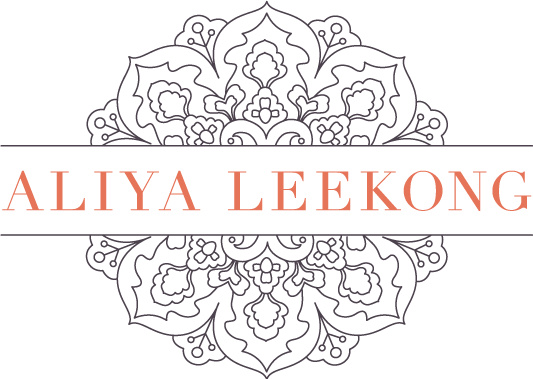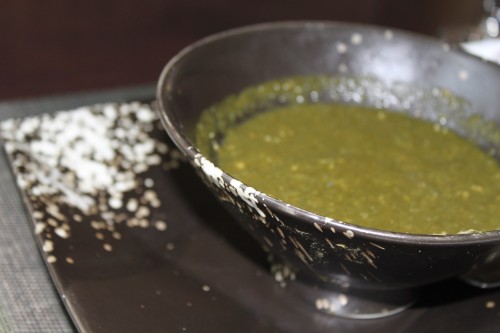Browning (aka Burnt Sugar “Sauce”)
I mentioned browning a few weeks back when I was creating my spicy creole ketchup, where I used it as a base. I thought I would talk a bit more about this “sauce” and how it’s used in a lot of West Indian cooking. This is one of those down-home, secret ingredients that can make or break just how good a dish turns out and also help you flex knowledge when talking to someone who knows about West Indian food (don’t you just love that inside information)?
So what exactly is browning? Quite simply, it is burnt sugar. Sugar is heated either by itself or with a little oil or water until it’s taken to a stage of caramelization where it’s smoking and almost black. At that point, more water is added or ingredients are tossed in to stop the cooking process. Browning is often bottled and can be bought at most West Indian grocers, but, as you can tell from my description, it’s fairly easy to do at home (just don’t even THINK about touching it when it’s cooking unless you want the burn of your lifetime…).
If you’ve ever had Jamaican oxtail stew or Trini peas and rice, browning was probably the foundation of it. It’s additive to both color and taste and coats a dish’s ingredients with sweet goodness. Once the sugar is cooked to that stage, it develops a really rich flavor, molasses-like with smokiness and depth. It’s used a lot in savoury dishes, but it’s also a key ingredient in West Indianblack cake, a boozy, wine-soaked fruit cake that’s super dark and served around the holidays.
As I mentioned, I used it to form the foundation of a ketchup (why not?) because I love the flavor. But that’s a pretty unusual way to use it. Next time you are talking to someone who says they know West Indian food, see if they know as much as you do!






